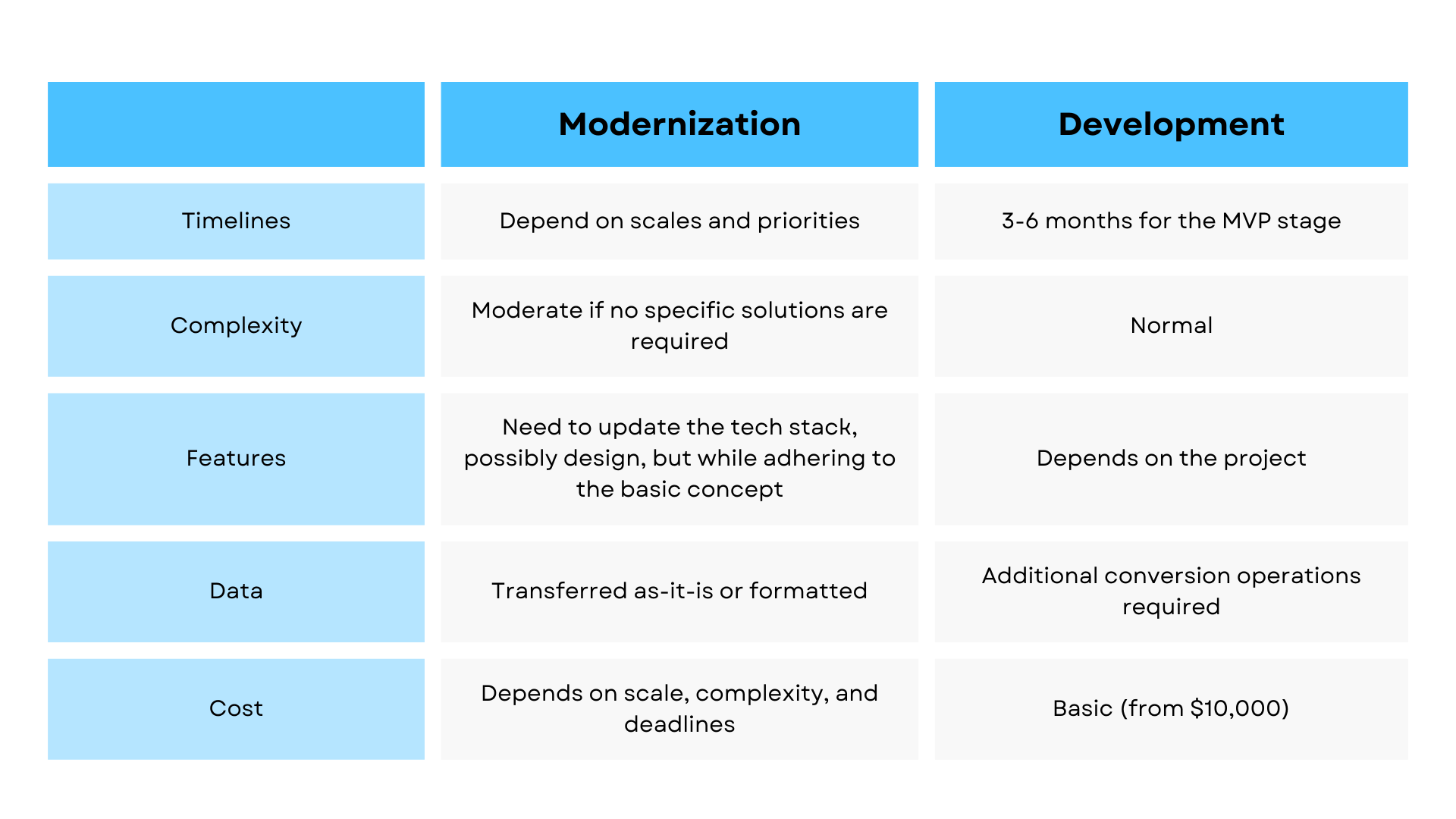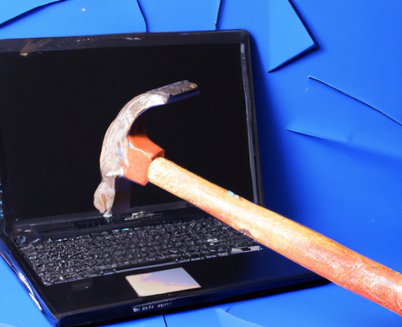Content
Stable businesses often find themselves dependent on established operational systems. While these systems work fine for a while, they can become outdated over time. Thus, they lose their scalability potential and competitive edge (especially in dynamic industries).
The solution lies in legacy system modernization, which market is forecasted to exceed $32.8 billion by 2027. However, moving to new systems can be tough if you don’t have a clear, step-by-step strategy. The best way to handle potential risks and plan your move to new platforms and infrastructure is through thorough business analysis (BA).
Today, you will learn from AdvantISS experts how BA can accelerate and streamline the migration of outdated systems.
Is it Worthwhile to Modernize Legacy Systems?
Even top businesses in 2024 are subject to trends and technologies, particularly if they operate in dynamic markets. Like fintech, logistics, insurance, and healthcare.
Almost daily, these industries see new startups and unicorns that captivate everyone’s attention. They implement new technological solutions and are fearless of experiments, bold design, and functional decisions. In their early days, they may not pose a threat to established businesses, but in the long run…
Here’s the main point: without legacy system replacement and modernization, your business risks losing market share, facing productivity issues, or losing its potential.

Modernization versus New Product: What to Choose?
Representatives of various IT companies are hotly debating whether legacy application modernization is worth it. They claim that it’s ineffective and costly. Instead, they suggest developing brand-new digital products. How justified is this?
In fact, there isn’t much difference between modernization and development. But modernization can often be the smarter choice. Here’s why.

Both approaches lead to a new product. But modernization modifies an existing one. This has its own perks as it builds on what you already have: the initial concept, the format, and you have a clear example of what the business needs. Therefore, modernization is an optimal choice, provided you understand what you’re doing.
What Role Does BA Play in Preparation for Modernization?
What is legacy software at all? It’s an older digital system/infrastructure or a product like EDMS, CRM, WMS, and similar solutions for business automation.
However, “legacy” means that the system doesn’t meet current business needs or market trends or may lose potential in the near future.
Modernization is a relatively budget-friendly way to update these systems without interrupting their operations. This means that staff and clients will still be able to use the software while it undergoes changes, and the system will be fully updated after its deployment.
Yet, modernization can be a complex journey, with numerous factors that require careful consideration and handling. This is where business analyst requirements-gathering techniques come in handy.
Assessment of Business and Infrastructure State
First and foremost, you need to understand what exactly leads to decreased company productivity, reduced income, and scalability limitations. These are typically legacy system problems that can only be addressed through radical methods.
The role of BA lies in assessing the actual state of systems, their functionality, potential for modernization, and the ROI of such a solution.
Additionally, the expert must verify any alternative options and if the upgraded system will meet the business and its clients’ requirements. They should identify the weakest links in your infrastructure, determine if only these parts can be modernized, and assess how these changes could affect your overall business. And this is just a brief overview of what BAs typically do during their assessments.
Search for Relevant Solutions
There are two options: modernize the outdated solution or create one from scratch. The choice depends on what exactly hinders the business from effectively functioning.
If it’s a conventional WMS, you might easily replace it with a regular SaaS. But if you need something tailored specifically to your needs, you’ll have to transform the old system or create a similar one on an updated tech stack.
Here lies another value of BA, as only analysis allows evaluating the relevance of each option and choosing the one that proves to work better in terms of simplicity, cost, and meeting your specific requirements.
Budget and Timeline Planning
Business analysis elicitation enables defining potential resource costs for future modernization. This requires considering technical and conceptual requirements, the state of infrastructure, and its efficiency over a certain period.
It’s also worth assessing the volume of data that needs to be transferred to the new system, its formatting, and the overall complexity of the task.
Note: If deadlines aren’t pressing, you can divide modernization and migration into several stages, thus reducing the strain on the team and the company’s financial resources.
Testing Ideas, Concepts, Designs
Business requirements elicitation also includes a preliminary assessment of the new system’s potential, especially in terms of design, GUI, navigation logic, and digital product behavior as an infrastructure component.
For example, GUI is important. And if it’s weak and poorly thought out, the updated system might actually reduce productivity instead of boosting it.
BA’s role also lies in forming requirements for this component based on the strengths and weaknesses of the previous IT solution, at least to avoid building a product of lower quality than it was in its initial iteration.
Identification of Key Technical Aspects
BA also covers the need to form technical requirements for new systems. It begins by identifying issues with the existing product and compiling a list of critical aspects to consider during modernization.
This applies to the tech stack and the system’s third-party components. In particular, functionality, interaction logic, the number of screens, and their content.
It’s equally important to determine modernization’s scope. This decision, whether it will be a completely new product or the migration of the old one onto a new system, is a complex and crucial point in preparation for the update. It needs to be addressed before commencing work.
Formulating the Strategy
The legacy system migration strategy is very important if you don’t want to lose profits. Not only do you need to initiate the modernization in parallel to avoid affecting current operations, but you also need to ensure the sequence of updates and staff training.
All of the aforementioned consumes your time and money, so it’s best to entrust your in-house or hired BA to optimize the migration strategy. Otherwise, you risk facing challenges that could undermine the entire modernization effort.
Make sure to obtain a plan in advance that includes job descriptions, staff training processes, the sequence of module updates, and their implementation into the system (if you don’t plan to acquire a new comprehensive infrastructure at the end).
Data Matters
Information is the “lifeblood” of business. It drives all system components and enables them to function effectively. Over time, you’ve likely collected vast data on clients, operations, financial transactions, and so on. And you certainly want to transfer them without loss to the new infrastructure.
If the previous point resonates with you, direct BA efforts to have the expert determine the optimal way to migrate information to the updated or new system.
You can use one of two options: implement support for previous formats into the new tech stack or format old information for the new infrastructure (including databases, cloud storage, etc.).





